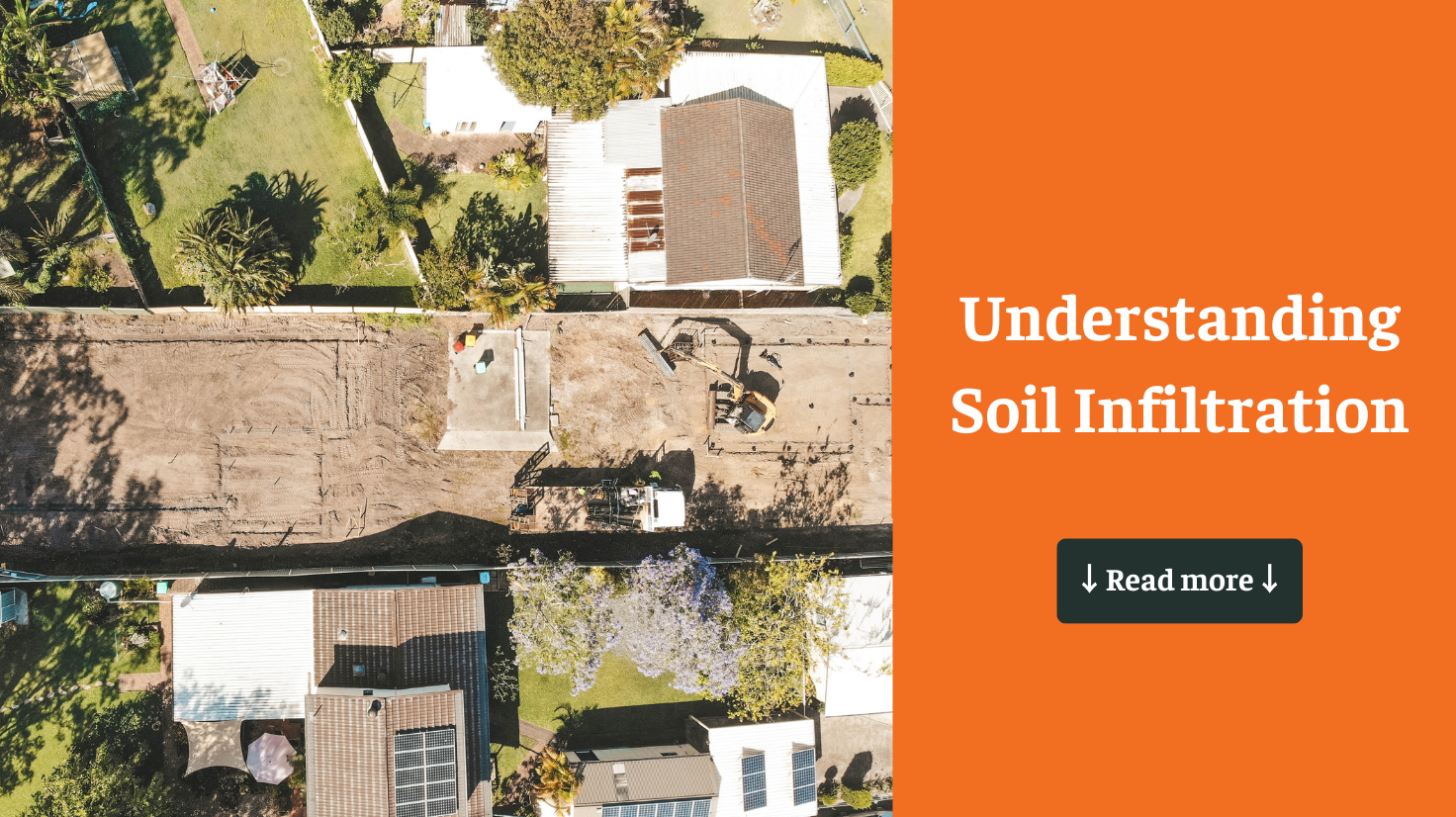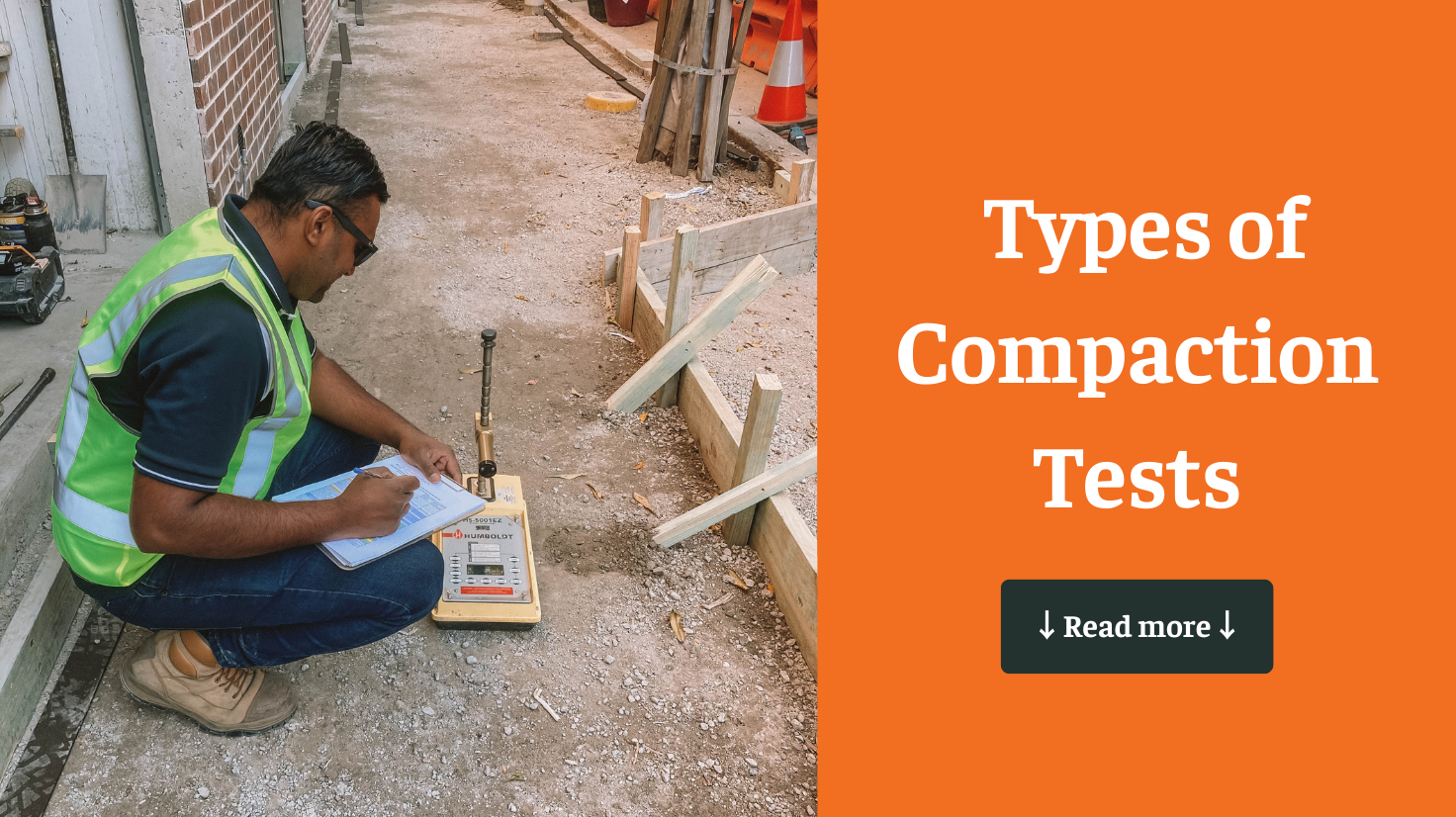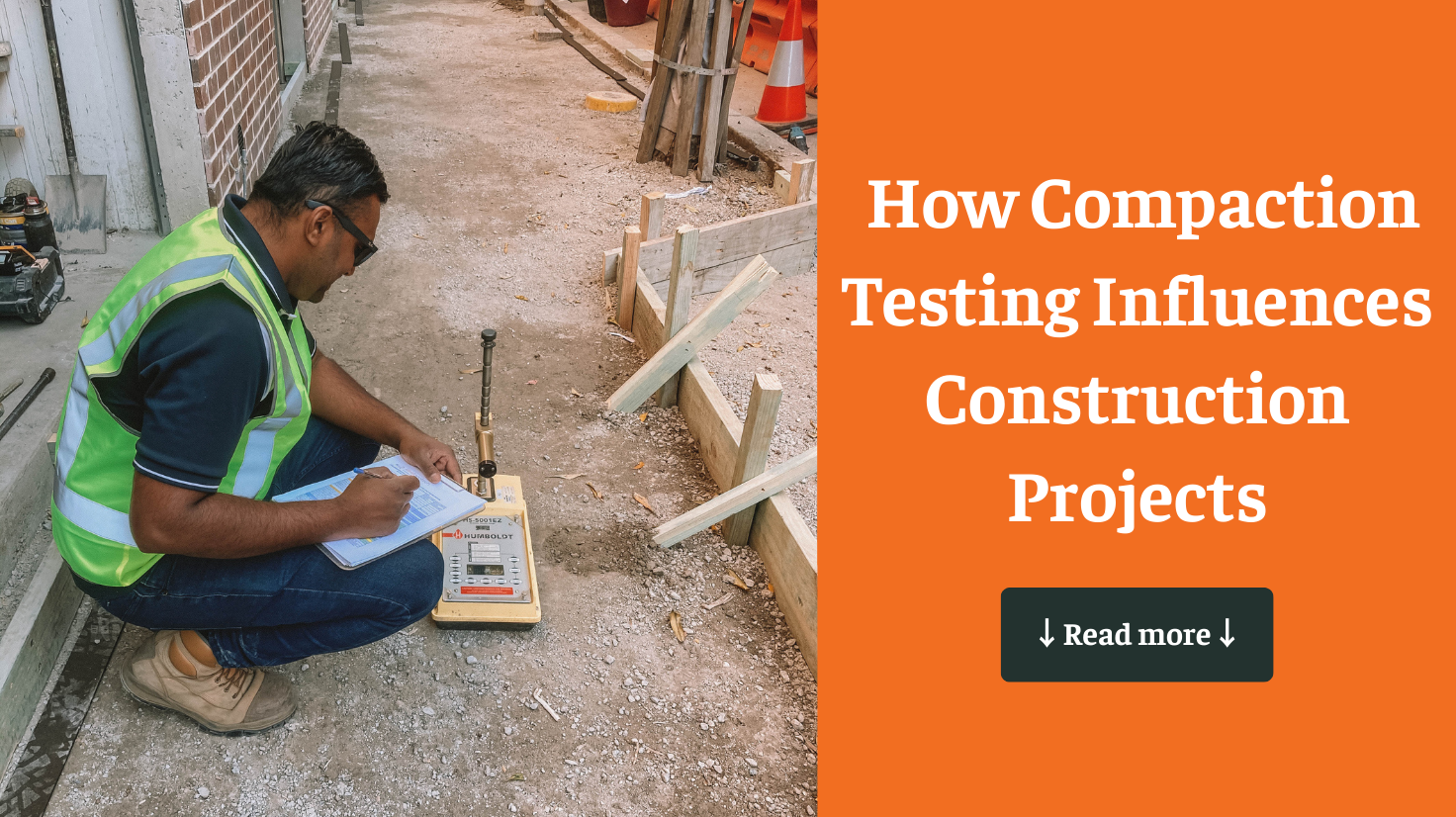Understanding Soil Infiltration is a vital process in environmental science, affecting agriculture, water management, and ecosystem conservation. This guide explores the definition, processes, and importance of soil infiltration, highlighting its role in maintaining healthy ecosystems and supporting sustainable agricultural practices.
By understanding how water enters the soil and the factors that influence this process, we can optimize land management strategies to enhance crop yields, prevent erosion, and manage water resources effectively. Proper soil infiltration is key to sustaining environmental health and agricultural productivity.
1. Definition and Importance of Soil Infiltration
1.1 What is Soil Infiltration?
Soil infiltration is the process by which water from the surface enters and moves through the soil profile. This process is a key component of the hydrological cycle, affecting various environmental and agricultural processes. The infiltration rate—how quickly water enters the soil—can vary depending on soil type, land cover, and other environmental factors. Understanding this process is essential for effective water management and agricultural productivity.
1.2 Significance of Soil Infiltration
Soil infiltration is crucial for several reasons:
- Agriculture: Adequate infiltration ensures that crops receive sufficient water, which is vital for growth and yield. Proper infiltration helps maintain soil moisture, reducing the need for irrigation and promoting sustainable farming practices.
- Water Management: Effective soil infiltration reduces surface runoff, mitigating the risk of flooding and enhancing groundwater recharge. This is particularly important in managing water resources in regions prone to drought or heavy rainfall.
- Environmental Conservation: Soil infiltration helps maintain soil health and structure, preventing erosion and supporting plant growth. Healthy soils, in turn, promote biodiversity and contribute to the stability of ecosystems.
1.3 Roles of Soil Infiltration
- Role in Agriculture Soil infiltration directly impacts soil moisture levels, which are critical for crop growth. Efficient infiltration reduces the frequency of irrigation, conserves water, and ensures that plants receive a consistent water supply. Infiltration also helps maintain soil health by supporting the microbial activity necessary for nutrient cycling.
- Role in Water Management: Soil infiltration is a key factor in controlling surface runoff, which can lead to soil erosion and water pollution if not managed properly. Infiltration facilitates the replenishment of groundwater reserves, which are essential for providing drinking water, irrigation, and industrial uses. By enhancing infiltration, we can reduce the strain on water resources and mitigate the effects of extreme weather events.
- Role in Environmental Conservation: Soil infiltration is essential for preserving soil ecosystems. It minimizes soil erosion by reducing the impact of raindrops on the soil surface and decreasing runoff. Proper infiltration supports vegetation, which stabilizes the soil and promotes biodiversity. In areas with high infiltration rates, the risk of landslides and other soil-related disasters is significantly reduced.
2. Processes and Mechanisms of Soil Infiltration
2.1 How Does Water Infiltrate Soil?
The process of soil infiltration involves several steps and factors:
- Surface Entry: Water first collects on the soil surface, originating from sources such as precipitation, irrigation, or nearby bodies of water. The initial phase involves water overcoming any surface barriers like vegetation or soil crusts.
- Percolation: After entering the soil, water moves downward through the soil profile. This movement is driven by gravity and capillary forces, which pull water into the soil’s pores. Percolation is essential for transporting water to deeper soil layers where roots can access it.
- Soil Absorption: Soil particles absorb the infiltrating water, which fills the pore spaces within the soil. The rate of absorption depends on the soil’s texture, structure, and moisture content. Sandy soils, for example, absorb water quickly due to their large pore spaces, while clay soils absorb water more slowly.
2.2 Factors Influencing Soil Infiltration
Several factors affect the rate and extent of soil infiltration:
- Soil Texture: Soils with larger particles, such as sand, typically have higher infiltration rates due to their large pore spaces. In contrast, clay soils have smaller particles and pores, leading to slower infiltration.
- Soil Structure: Well-aggregated soils with a stable structure promote better infiltration by allowing water to move through the pore spaces efficiently. Compacted or crusted soils, however, can impede water entry and reduce infiltration rates.
- Organic Matter: Soils rich in organic matter tend to have improved structure and porosity, which enhances infiltration. Organic matter also increases the soil’s ability to retain moisture, benefiting plant growth and reducing the need for irrigation.
- Soil Moisture: Dry soils generally absorb water more readily, while soils that are already saturated with water have a reduced capacity for further infiltration. Managing soil moisture levels is crucial for maintaining optimal infiltration rates.
- Land Cover and Vegetation: Vegetation plays a vital role in protecting the soil surface from erosion and compaction. Plant roots also help create channels in the soil that enhance infiltration. In areas where vegetation is removed, soil infiltration can decrease significantly, leading to increased runoff and erosion.
- Land Management Practices: Agricultural practices such as tillage, mulching, and crop rotation can influence soil infiltration. For example, no-till farming preserves soil structure and organic matter, leading to improved infiltration rates. Conversely, excessive tillage can compact the soil, reducing its ability to absorb water.
3. Conclusion
Understanding soil infiltration is essential for sustainable land and water management. By promoting efficient infiltration practices, we can enhance agricultural productivity, manage water resources effectively, and conserve our natural environment.
For more information on soil infiltration and how to optimize it for your land, visit Ideal Geotech’s website. Ensure your agricultural and environmental projects are sustainable with expert advice and services in soil infiltration management.






